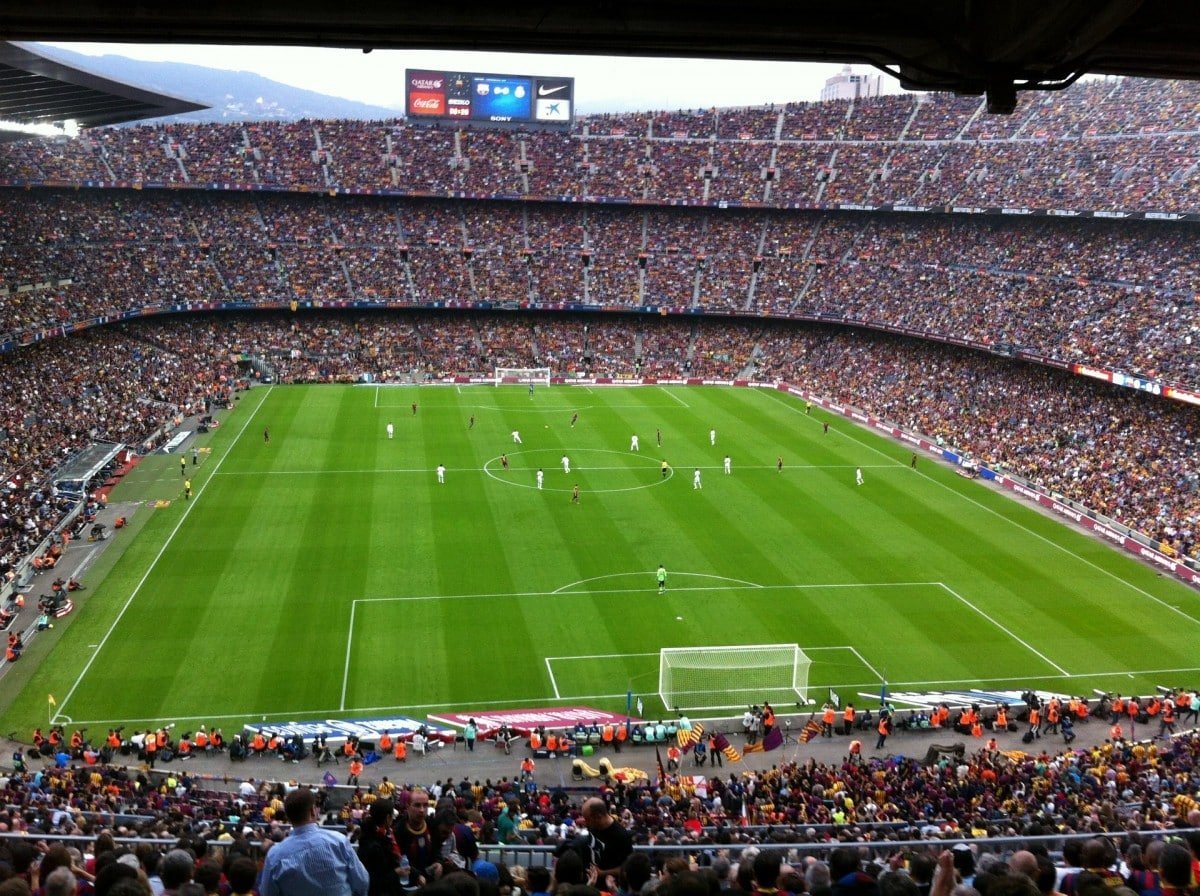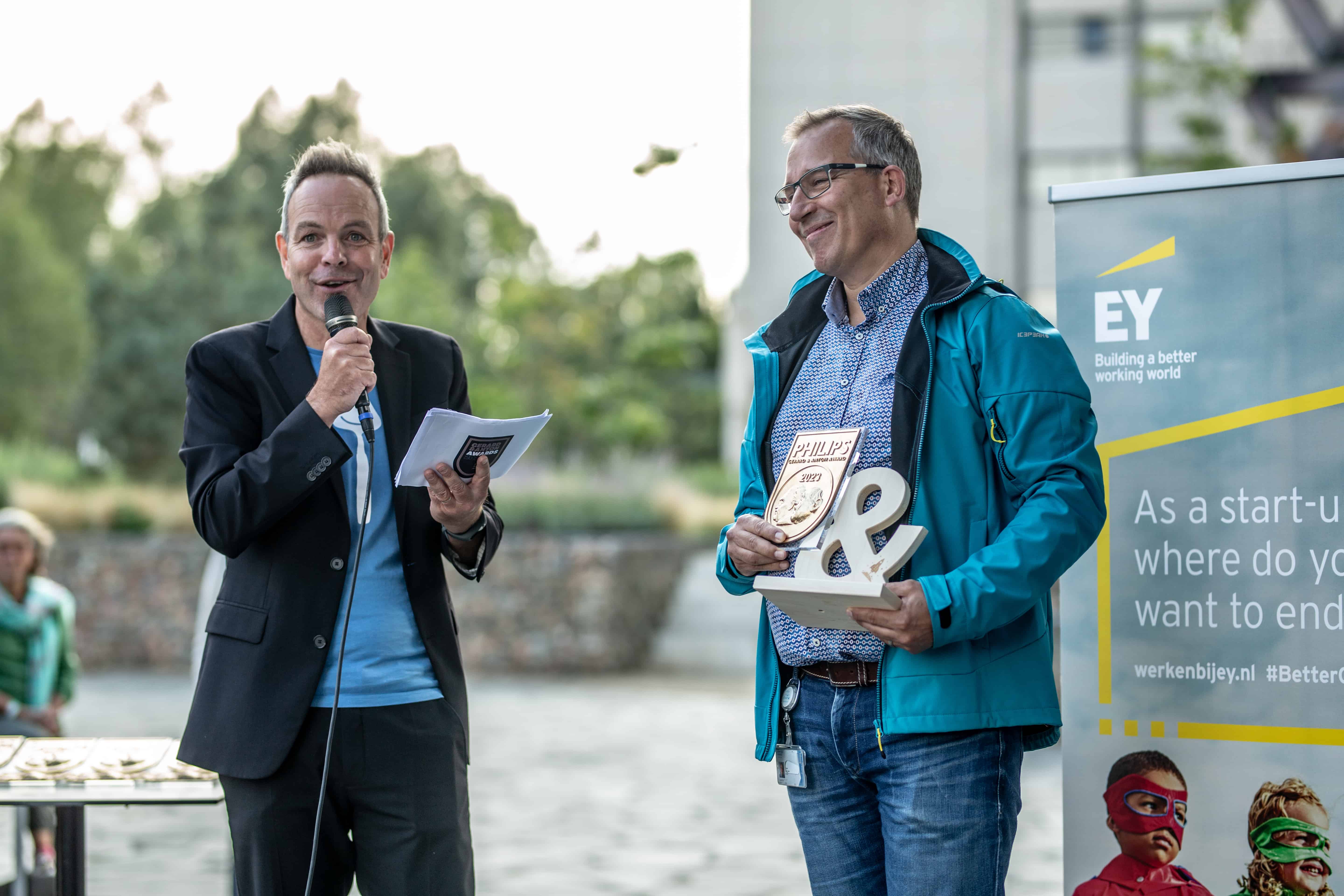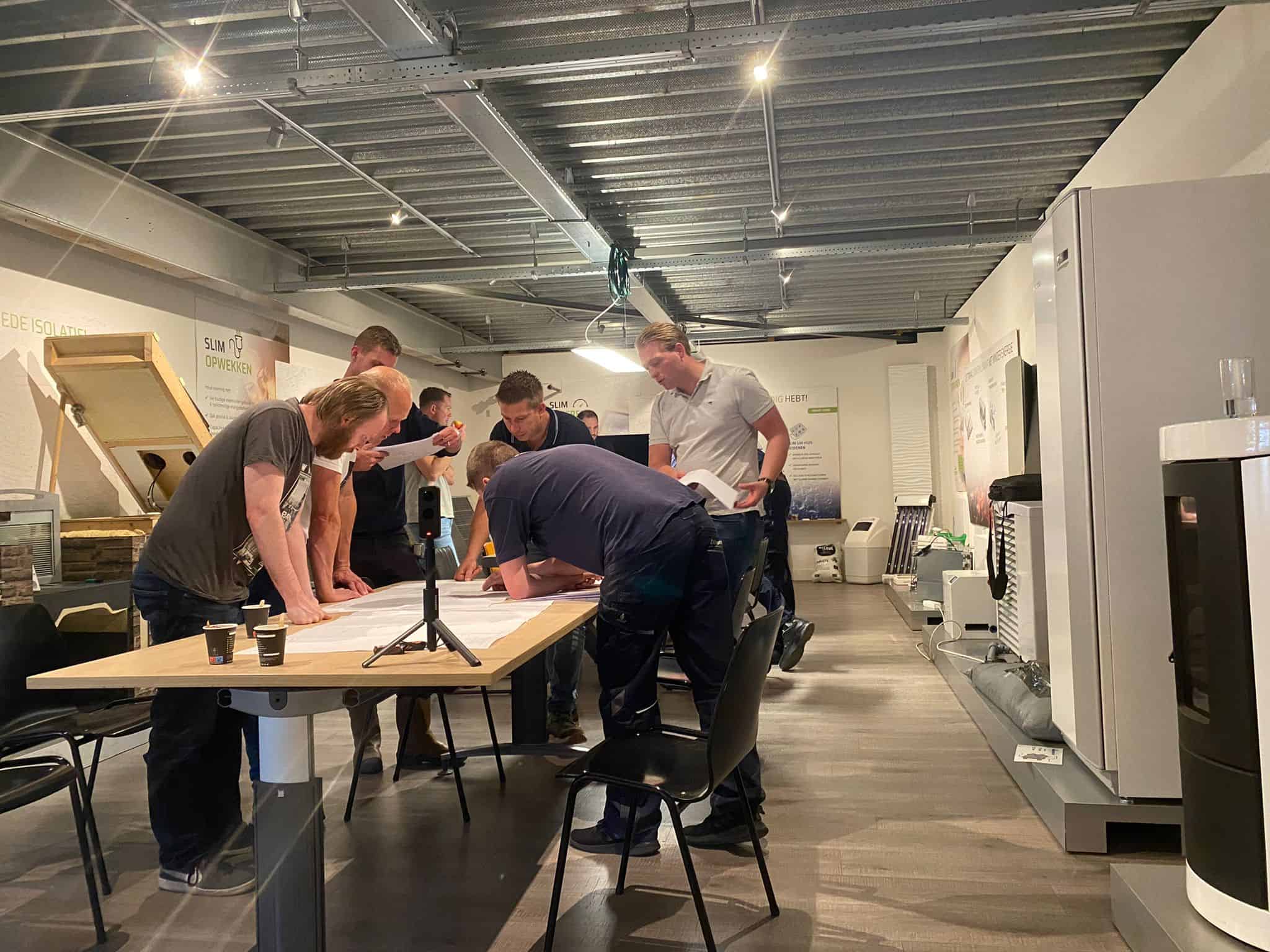
We are on the eve of the fourth industrial revolution, of which no one knows exactly what it will look like yet. Technological and social developments are accelerating and changing the way we shape the world. At the same time, the challenges we face are more far-reaching and cross-border than ever before. Innovation is about solving complex problems. This calls for different ways of thinking. Innovation and new solutions emerge on the crossovers of markets. Sport, and football in particular, is an enabler for new innovations. The investments in sport are gigantic in comparison with other markets. The development of a new stadium alone already exceeds 1 billion dollars. The turnover in football is many tens of billions. Innovations are needed both to reduce costs and to create new revenue models. The stadiums are the “cathedrals of the 21st century”, says Manchester United.
Football is at the forefront of the rapidly changing digital society and the development of new applications and customer journeys are the focal points for the operation of each stadium. Digitisation is an indispensable part of the process; the smartphone is the basis for new applications and solutions. Data science is making its full entry into the football business. “Content is King, Customer is Queen” and “The customer journey starts with the smartphone“, says Henk Markerink, CEO of the Johan Cruijff ArenA. “Digitisation is demand, Smartphone is the basis for connectivity,” says Dennis Thom, Head of Marketing of Borussia Dortmund. It is striking that also the ‘old fashioned tickets’ will continue to be sold. They are collector’s items for the fans. For the fans, the and-and-paradox clearly applies; they want everything and the marketing machines are happy to respond to this.
“A stadium can play a key role in the development of smart cities because of the peak loads in mobility, energy supply and media.”
Digitisation
In digitisation, everything is done to make the customer journey great. Think of solutions to prevent or reduce queues, intelligent ticket sales to give fans the chance to maximize any available ticket and to maximize the entire stadium occupation. But it also applies to security and safety applications.
Microsoft is strongly committed to the sports industry. With the establishment of ‘Sport Thinkers hubs’, it wants to build bridges between large and small organisations, strengthen innovations, build local ecosystems and make a social impact through these hubs.
Together with LaLiga, the ‘Startup Competition 2019’ has been set up in Spain with more than 70 start-ups from Spain, a worldwide call for technology start-ups with disruptive solutions for football, sports and the entertainment industry. Real Sociedad is also fully engaged as a field lab to test new applications.
How about solutions for smart clothing, where your fan-shirt also contains your ticket information so you don’t have to queue up but can keep going, that you can even pay with your shirt! With the same shirt, you can also get personalised messages. Not science fiction, but ‘just’ a startup that is working hard on this.
Furthermore, the ‘Internet of sound’ is also introduced. What if you can send personalised messages via the speaker of the fans’ smartphone? And to get to the stadium and return home later, we use Waze.
“How about solutions for smart clothing where your fan-shirt also contains your ticket information so that you don’t have to queue up but can keep going, that you can even pay with your shirt!”
Not to mention the digital turf. The grass of the Johan Cruijff ArenA has risen from one of the worst to the shared number 2 (together with PSV) of the Dutch premier league. UEFA has even classified the pitch as ‘excellent’! And all this thanks to sensor technology, data modelling and the integration of biology and technology in connection with the control of the stadium: light, roof, wind, etc. (see also Innovation Origins). The developed dashboard also incorporates feedback from the players in order to further develop the quality of the turf. At the moment we are working with Holland Innovative to develop the knowledge and experience gained for other stages and applications such as precision agriculture.
5G, augmented and virtual reality are of course also introduced in the stadiums. A Digital Twin will be made of the new FC Barcelona stadium for both optimisation of the construction process and the involvement of the fans. Furthermore, 5G will be used for the further development of E-sports. What if, as a fan, you can stand virtually on the field yourself?
Operation
In addition to the fan experience and customer journey, the operation of a stadium involves a lot of work: a match at Manchester United, for example, has 75,000 visitors, 11,000 dinners, 650 million TV viewers; for every match, they have to be cared for and entertained to the maximum! Fans need to be continuously pampered with all available content. The preparation starts two weeks before each competition, a lot has to be maintained and checked. Certainly all temporary built-up installations and connections. And that for every competition again!
Circular, durable
Stadiums are not only attractive to the fans but also contribute to society. It has been shown that cities have developed by developing stadiums at the right location in the right neighbourhoods. Cooperation in the city’s ecosystem is crucial. The Johan Cruijff ArenA and the area development are closely coordinated. In this stadium, an energy storage facility of 3 Megawatt has been realised, allowing power plants to buffer their capacity. And all of this with discarded Nissan Leaf batteries. The city of Amsterdam is now making far-reaching plans for mobility and electrification, actively involving the Johan Cruijff ArenA and challenging it to keep going further and further. How cool is it that a stadium has a key role in the development of a city and is a playground for new innovations! The goal is to be completely self-sufficient, together with the Ziggo Dome in 2029!
“How cool is it that a stadium has a key role in the development of a city and is a playground for new innovations!”
A next step is the reuse of water, rainwater but also waste water. Perhaps the start-up Semilla can play a role here, a start-up that can convert urine into water and prepare the ingredients for reuse.
Steps are also being taken for the events, the European Championships and the World Cup. At the World Cup of Qatar, the first stadium will be built that can be completely dismantled and reused after the tournament. One of the stadiums is made up of more than 1,000 sea containers. And because the stadium will be demolished after the World Cup, it can be placed on an A-location, by the sea. And that at ‘only’ 15% of the cost of a new stadium. At the same time, this will prevent a country from being left with too many stadiums after a World Cup that are no longer used or are used only to a limited extent: the ghost image for every event organiser.
For the future, the architects (including MEIS) look to new innovations under the credo of: “Bigger is not necessarily better“, “Does one really need $1B to build a stadium?”
Innovation platform
During the World Stadium Congress 2019 in Amsterdam, various clubs, stadium managers, architects and other stakeholders met to discuss these new trends and developments. Football and the development and operation of stadiums can be seen as an innovation platform, living lab, for new technology and applications. A great opportunity for Brainport to come up with new developments, products and services. A stadium can play a key role in the development of smart cities because they are the ones who have to deal with a lot of visitors and therefore appeal to mobility, energy supply, media or peak loads for a city with everything to do with it. And that requires creative, cross-sectoral innovations and cooperation!
Call
Ideas, suggestions or just to spar from the above thoughts? Welcome! Let’s start with a hackathon in which all research institutes and sponsors participate. They bring in the technology: 5G, IoT, Big Data, AI, Photonics, printed electronics… And then visitors can develop applications for field, stadium, fan, security, logistics, experience … I’m already looking forward to it!








